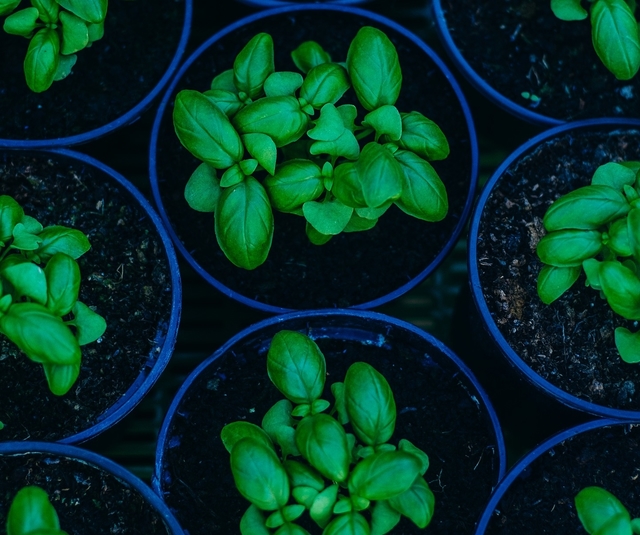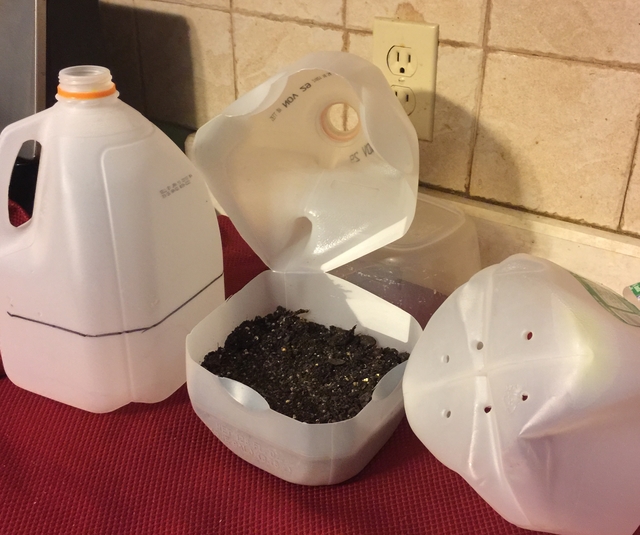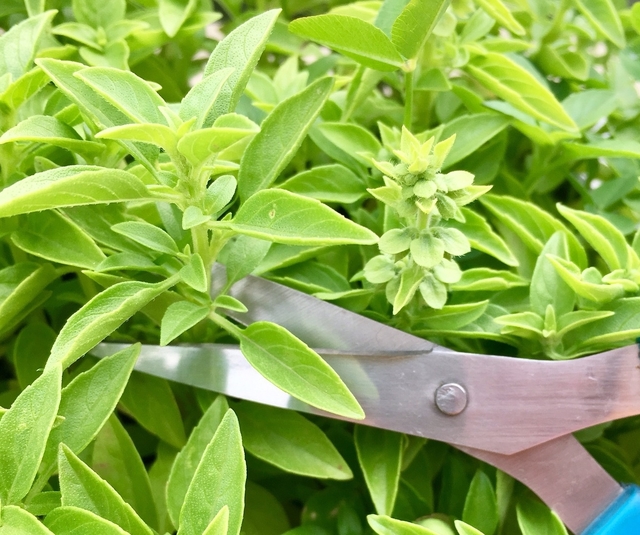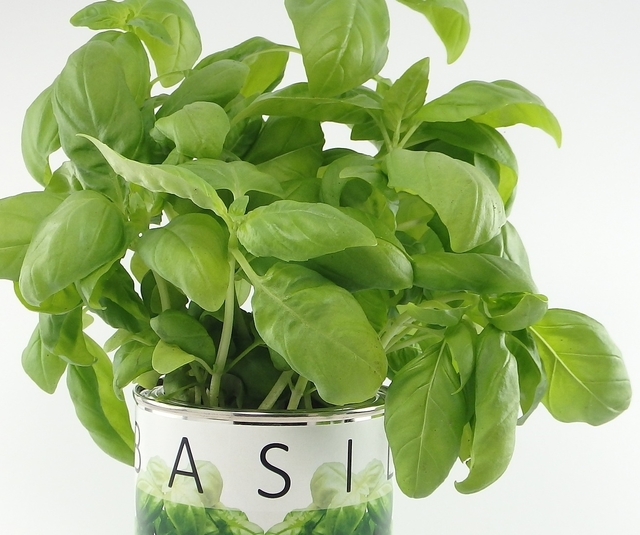If you're already growing your own food and haven't yet delved into the preserving world of pressure canning and water bath canning, you're really missing out on a great opportunity.
In addition to saving money by preserving your hard-earned harvest, a pantry full of jars of food will give you confidence that your family will stay safely fed through these current uncertain times.
Here is a great list of items you'll need to get you started.
First, to learn the basics of pressure canning, a good book like this one is very important.
There are some essential kitchen appliances that you will need to get started. The cost of some of these items may seem a bit daunting at first, but the investment will be well worth it.
First, you will need a pressure canner. NOT a pressure cooker, but a pressure canner. A pressure canner is used to cook, sterilize, and preserve low-acid foods that are to be canned for future use.
Pressure Canner
Another way to can food is by using a water bath canner. This is a large pot with a jar rack. It is used with all high-acid foods. High-acid foods include all fruits, jams, jellies, pie fillings, pickles or condiments, and tomatoes with added lemon juice.
Water Bath Canner
You will need a good supply of canning jars, lids, and rings. These three items come together in a case of canning jars.
You cannot use just any jar in canning food. Canning jars are specially designed to withstand the high temperature of steam pressure processing and the low temperature of freezing. These jars will be labeled as canning and/or freezing jars.
Canning Jars
These jars come in a variety of sizes, most commonly found are:
Pints.
Pint jars are great for just about anything you want to add to them for smaller portions.
Quarts.
Quarts are a great family-size jar. They are ideal for canning whole fruits and vegetables like peaches and green beans, or for just for canning larger portions.
Half Pint or Jelly Jars
Half Pints. This small size is great for creating gifts or small batches of jams, jellies, or preserves. Some smaller or cut vegetables may fit in these jars if using a wide-mouth canning jar.
Canning jars also come in what’s known as “regular mouth” and “wide mouth” jar openings. The only difference is the size of the jar opening.
You can sometimes find some canning jars at thrift stores, or maybe you have a relative that no longer does canning and has a stash of jars. If you find some of these older canning jars, you may need to buy lids and rings to go with those jars.
Canning Jar Lids and Rings
There are reusable lids available now that are called “Tattler” lids that are made in the USA. They also come in sizes suitable for both wide mouth and regular mouth jar sizes. You can use these with pressure canners, water bath canners, and vacuum sealers.
Tattler Lids
There are also plastic lids for canning jars for use in storing the jars in the fridge after they've been unsealed.
Plastic lids that fit canning jars
You will need various kitchen utensils to make your canning projects easier. You can buy a kit of items like the one below that has most if not all of the items you will need.
Utensil Kit
Or you can purchase items separately. You will need:
Funnel that fits jar openings
Ladels
Jar Lifter
Other supplies you may need, depending on the types of food that you intend to can, are:
Pickle Crisp (for pickling veggies and pickles)
Citric Acid, commonly used for home canning tomatoes
Canning Salt (Not regular salt)
Real Fruit Pectin for homemade Jam and Jelly recipes.
5% Vinegar You will probably use large amounts of this. Vinegar is used in the pressure canner to prevent minerals from hard water from building up on the jars or on the inside of your canner. Vinegar is also used along with water to fill jars of some foods to be processed.
5% Vinegar
There are also seasoning packets available for use in canning like salsa tomato mixes, pickle mixes, potato seasonings, etc. Mrs. Wagers' brand is very popular with canners.
Mrs. Wagers' Packets
So what are you waiting for? Learn to pressure can and water bath can and start saving money on food and getting some much-needed food security!
Back to Blogger Home
This post may contain Amazon affiliate links and as an Amazon Associate I earn from qualifying purchases without costing you anything extra.











